The Oxygen Barrier Material Market is characterized by a dynamic competitive landscape, driven by increasing demand for packaging solutions that enhance product shelf life and maintain quality. Key players such as Mitsubishi Gas Chemical (Japan), BASF SE (Germany), and Amcor plc (Australia) are at the forefront, each adopting distinct strategies to solidify their market positions. Mitsubishi Gas Chemical (Japan) focuses on innovation in polymer technology, aiming to develop advanced barrier materials that cater to the food and beverage sector. Meanwhile, BASF SE (Germany) emphasizes sustainability, integrating eco-friendly practices into its production processes, which resonates with the growing consumer preference for environmentally responsible products. Amcor plc (Australia) is actively pursuing regional expansion, particularly in emerging markets, to capitalize on the rising demand for flexible packaging solutions. Collectively, these strategies contribute to a competitive environment that is increasingly focused on innovation and sustainability.
The business tactics employed by these companies reflect a concerted effort to optimize operations and enhance market presence. Localizing manufacturing has become a prevalent tactic, allowing companies to reduce lead times and improve supply chain efficiency. The market structure appears moderately fragmented, with several key players exerting influence while also facing competition from smaller, specialized firms. This fragmentation encourages innovation and responsiveness to market demands, as companies strive to differentiate themselves in a crowded marketplace.
In August 2025, Sealed Air Corporation (US) announced a strategic partnership with a leading food manufacturer to develop customized oxygen barrier solutions tailored for perishable goods. This collaboration is significant as it not only enhances Sealed Air's product offerings but also positions the company as a key player in the food packaging sector, where maintaining freshness is paramount. The partnership underscores the importance of tailored solutions in meeting specific customer needs, thereby strengthening Sealed Air's competitive edge.
In September 2025, DuPont de Nemours, Inc. (US) unveiled a new line of bio-based oxygen barrier materials designed to reduce reliance on fossil fuels. This initiative aligns with the growing trend towards sustainability in packaging, as consumers and regulators increasingly demand environmentally friendly alternatives. By investing in bio-based materials, DuPont is likely to enhance its market position and appeal to eco-conscious customers, potentially setting a new standard in the industry.
In October 2025, Tetra Pak International S.A. (Switzerland) launched a comprehensive digital transformation initiative aimed at optimizing its production processes and enhancing product traceability. This move is indicative of the broader trend towards digitalization within the packaging industry, where companies leverage technology to improve efficiency and transparency. Tetra Pak's initiative may not only streamline operations but also foster greater consumer trust in its products, thereby reinforcing its market leadership.
As of October 2025, the competitive trends within the Oxygen Barrier Material Market are increasingly shaped by digitalization, sustainability, and the integration of advanced technologies such as AI. Strategic alliances are becoming more prevalent, enabling companies to pool resources and expertise to address complex market challenges. Looking ahead, the competitive differentiation is likely to evolve from traditional price-based competition towards a focus on innovation, technological advancements, and supply chain reliability. This shift suggests that companies that prioritize these aspects will be better positioned to thrive in an ever-evolving market landscape.


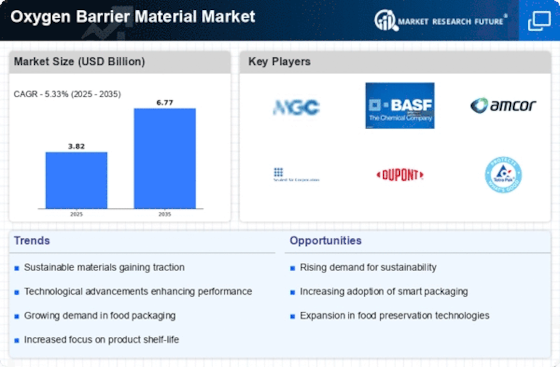
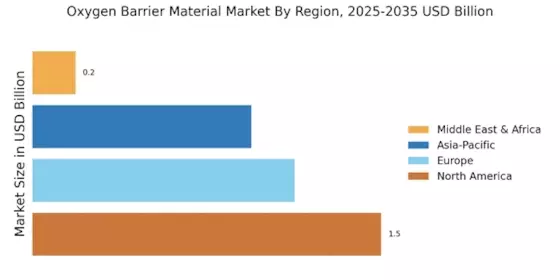
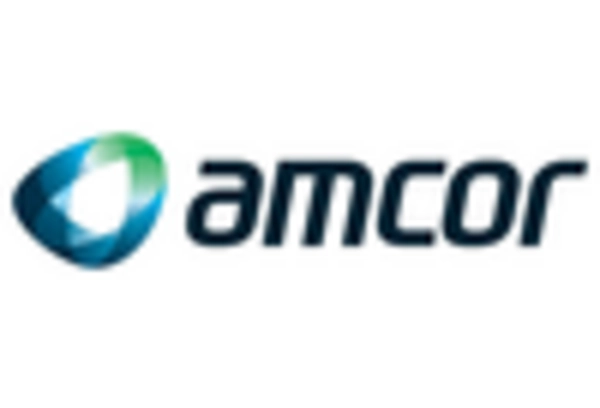


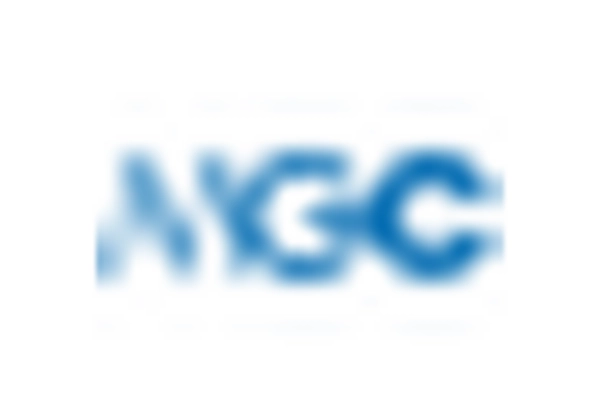

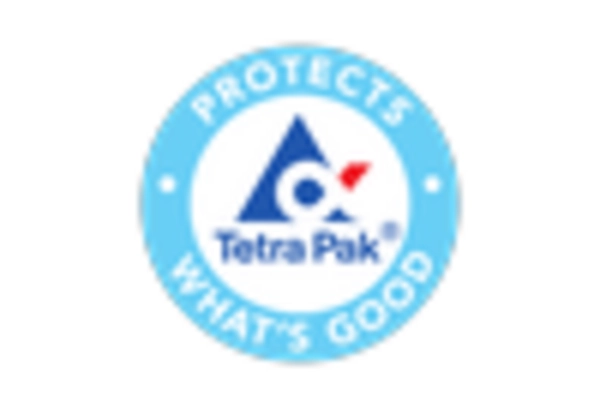








Leave a Comment